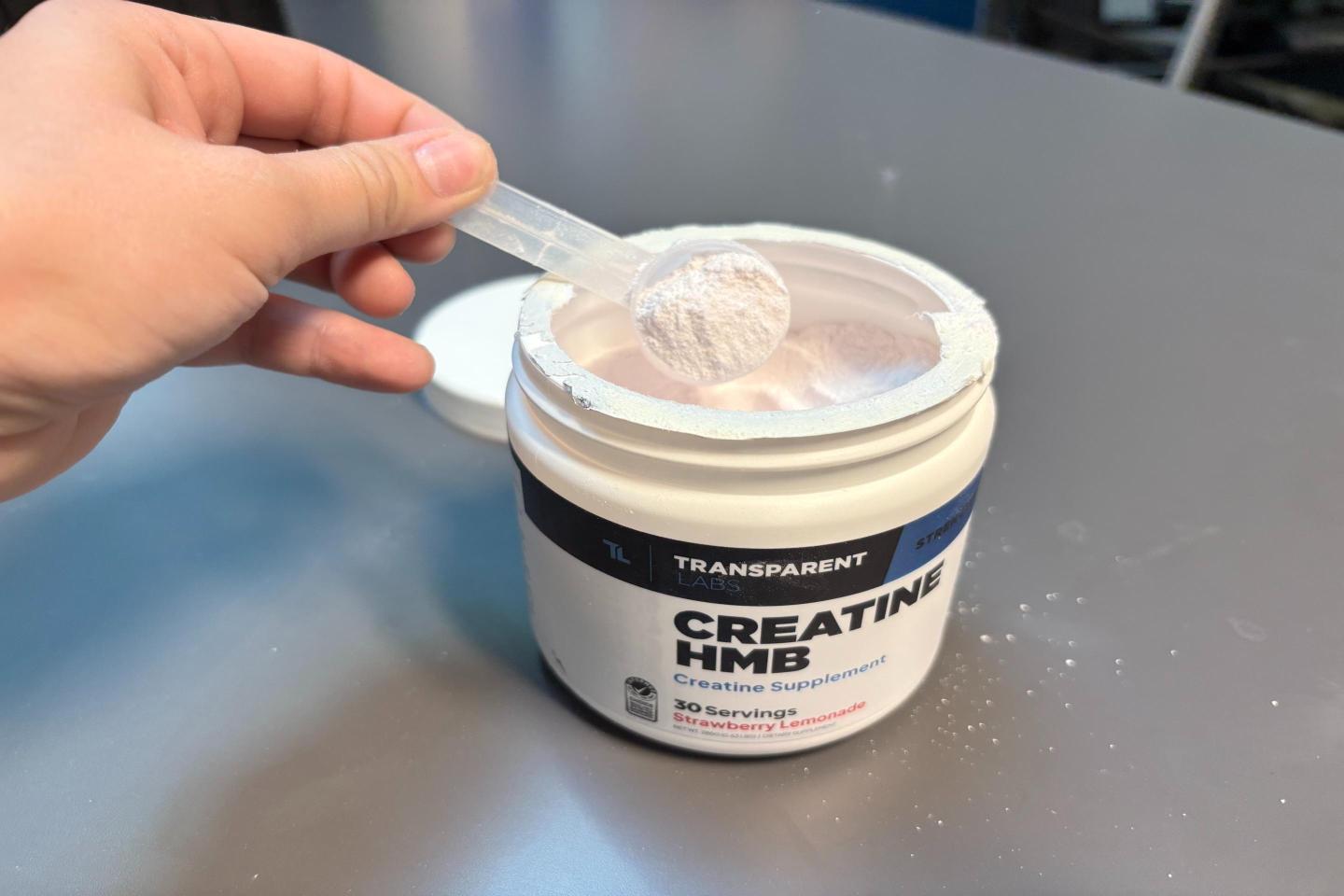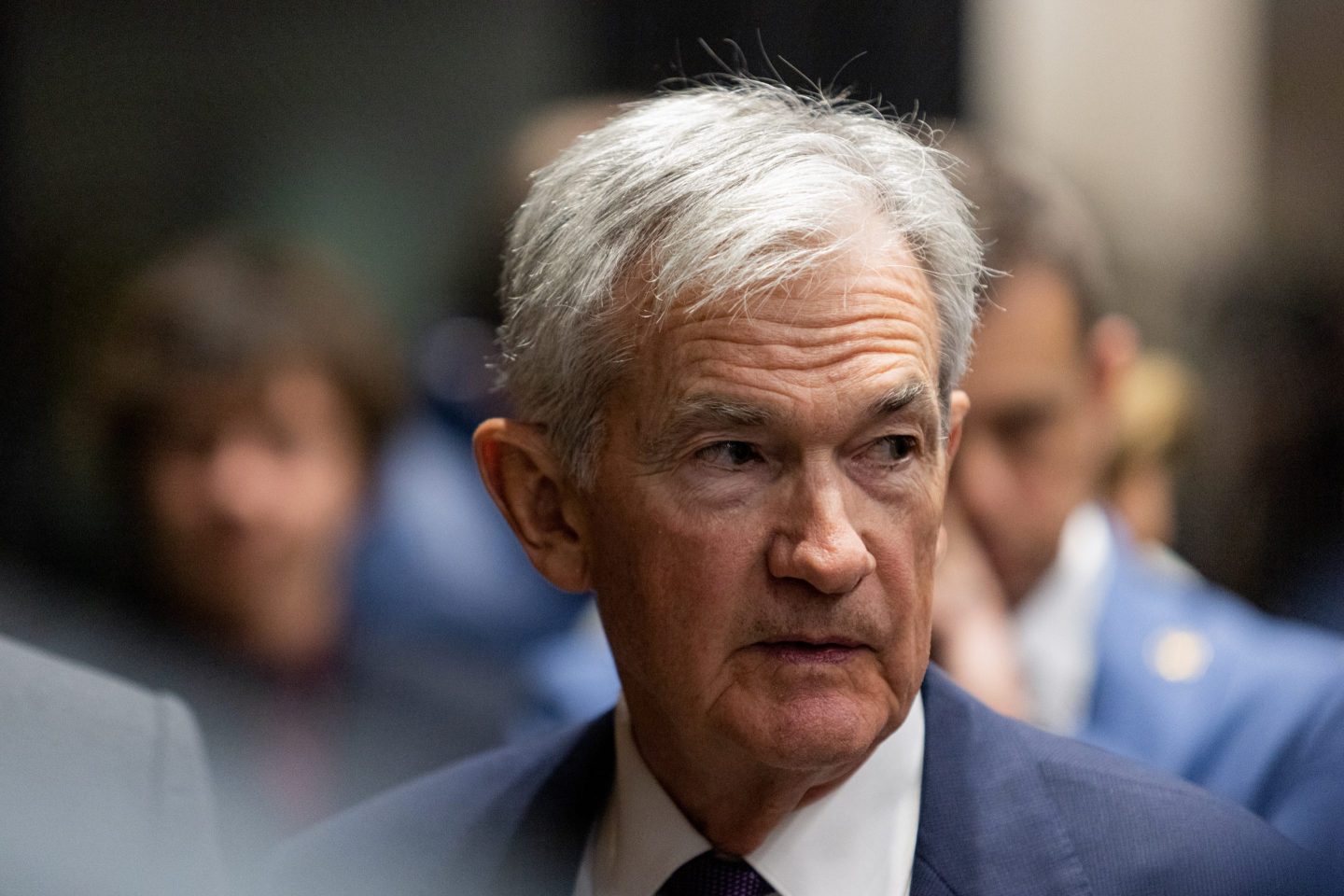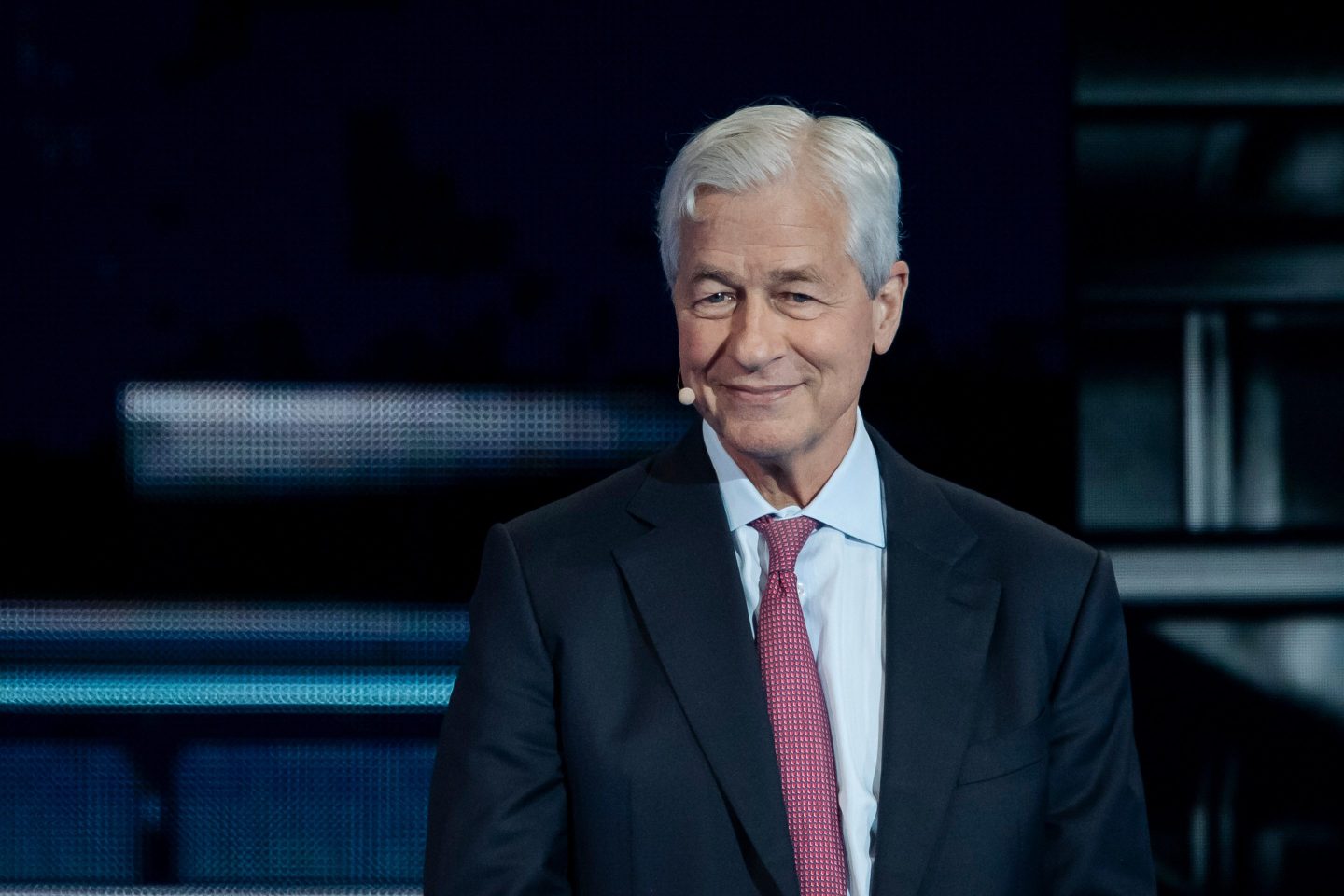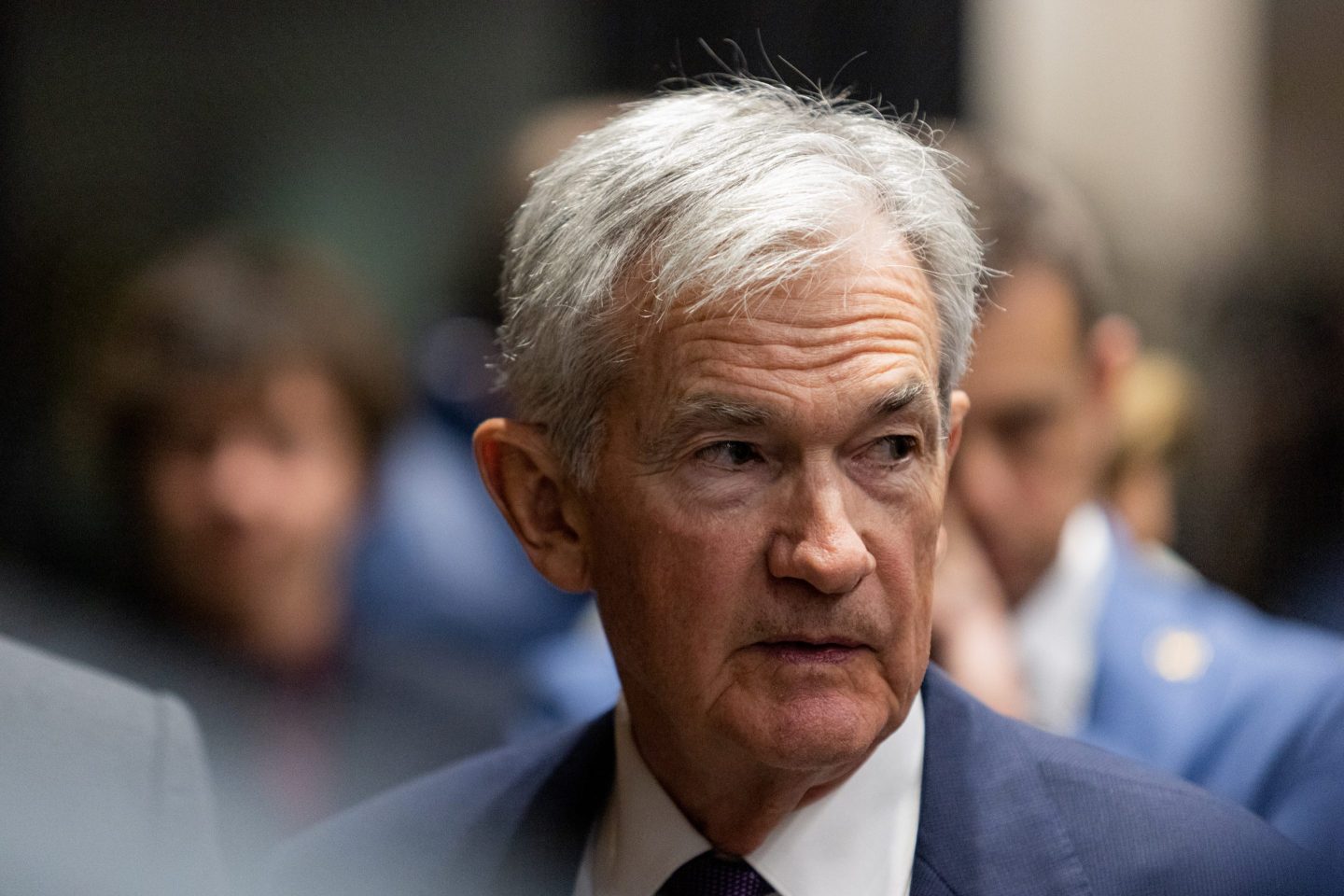As a trained engineer, Ram Krishnan loves to nerd out on the science of Gatorade.
The CEO of PepsiCo’s U.S. beverages division wants to know things like, “What is the optimal balance between sodium and potassium given the different ‘sweating’ profiles of Gatorade users?” He’ll ask his staff, “How much protein can be added to help with muscle building?”
“We take pride in the science,” says Krishnan as he gives Fortune a tour of the Gatorade Sports Science Institute in Valhalla, N.Y., 30 miles north of New York City. At that research facility, athletes are evaluated using treadmills, glucose monitors, and other technology for how much their sodium levels vary and how quickly the electrolytes and sodium in Gatorade work to replenish them.
Krishnan, a nearly 20-year PepsiCo veteran who was appointed to the North American beverage job in early 2024, has taken the reins of a yearslong effort to return Gatorade, the original bright-colored sugary sports drink, known for its orange thunderbolt, to growth. The Gatorade overhaul has included some new items focused on protein and a bigger push for alternative versions of the product such as powdered Gatorade. The latest addition: Gatorade Lower Sugar, which will hit stores in early 2026. It has 75% less sugar than traditional Gatorade, and boasts that it has no artificial flavors or sweeteners.
The stakes are high for PepsiCo: With $29 billion a year in revenue, North America Beverages is the food-and-beverage giant’s single biggest division. And Krishnan is facing intense pressure to make bold changes not just at Gatorade but across the beverage portfolio: In early September, activist investor Elliott Management took a $4 billion stake in PepsiCo, which it called a “dramatic underperformer,” and sent an open letter outlining ways PepsiCo could improve growth and profitability. Elliott took aim at PepsiCo broadly and zeroed in on PepsiCo’s North American beverages business (PBNA), saying: “despite its strengths, PBNA has underperformed its peers for more than a decade on both growth and margins.”
Among the criticisms: PepsiCo’s drinks business consists of an unwieldy assortment of too many products that has “strained focus and execution.” In a press release, PepsiCo noted Elliott’s concerns but said it was “confident” that its own initiatives—those underway before the letter—would succeed.
Changing consumer tastes
So, what are those efforts? The Gatorade refresh is just one piece of Krishnan’s efforts to transform PepsiCo’s North American beverage roster, which also includes Mountain Dew and Pepsi Cola. Other moves by Krishnan include the nearly $2 billion purchase in May of prebiotic soda Poppi and in late summer, PepsiCo’s increased stake in Celsius Holdings, making the brand its leader energy drink and one popular with millennial and Gen Z gym-goers and other active people. (Gatorade is categorized as a “sports” drink because it is about quenching thirst and replenishing electrolytes, and not about boosting energy.) PepsiCo also recently launched a prebiotic version of its flagship brand, Pepsi Cola.
The PepsiCo beverage revamp comes as brands like Gatorade and Pepsi have lost market share. American consumer habits have shifted away from sugary drinks toward so-called functional drinks—meaning they claim to offer benefits other than simple refreshment. In the era of “Make America Healthy Again,” the ongoing push from health-conscious consumers and public health groups against artificial colors and dyes in food and drinks has gained traction.
The focus on functional drinks makes a lot of sense, says Duane Stanford, editor of trade publication Beverage Digest. “I call it ‘permissible refreshment.’ Basically, these are refreshment beverages, so they do what soda does, but in a way where people feel they have permission to do that.”
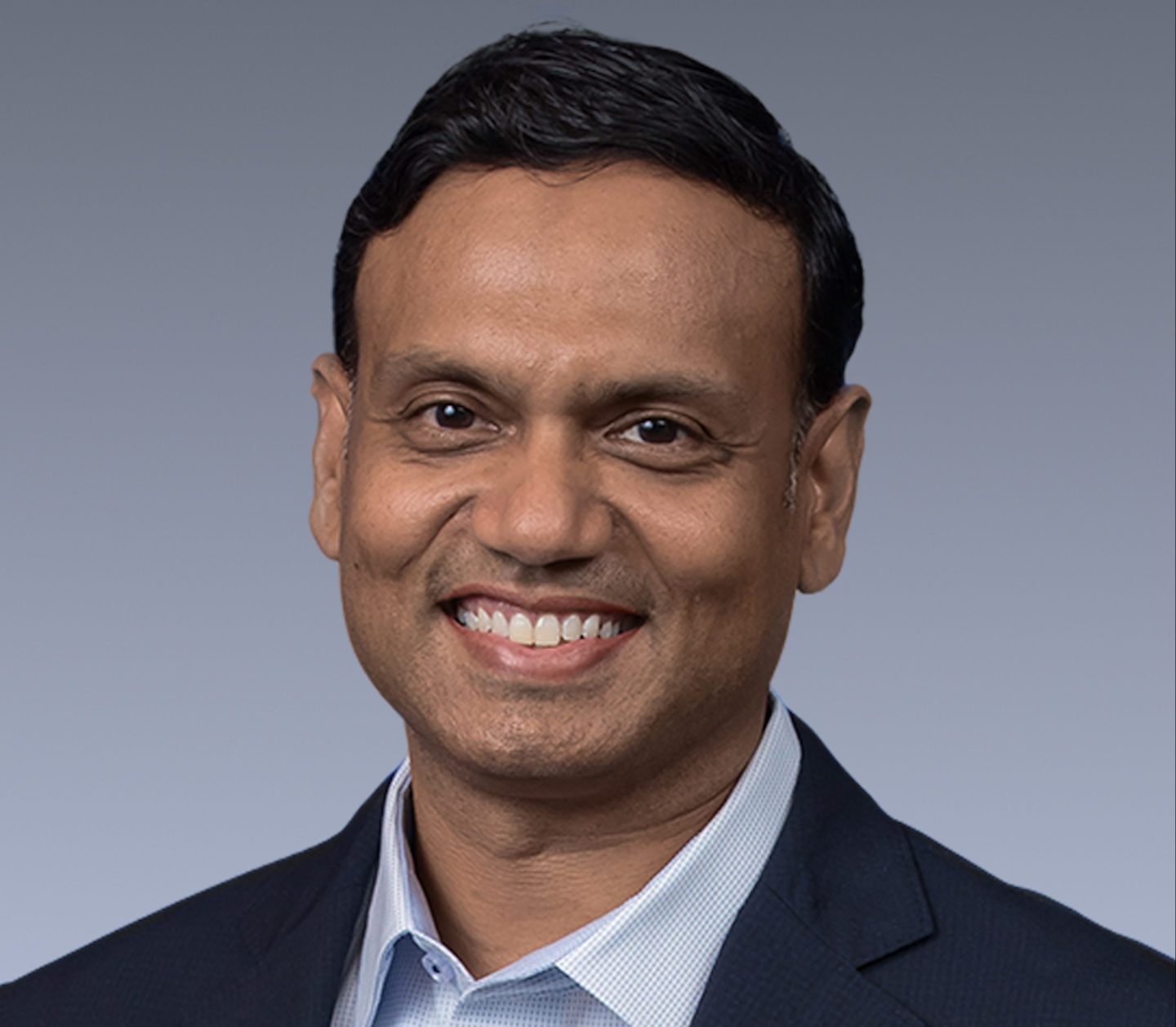
In Fortune’s interview with Krishnan, which took place before Elliott announced its stake, the executive said Gatorade and the innovations he is overseeing have offered a blueprint for reinventing its sister beverage brands, too. “We are starting to fundamentally shift from being a sports drink to playing in functional hydrations,” he says.
Gatorade woes
Gatorade, invented in 1965 at the University of Florida in Gainesville by a group of scientists looking to replenish the electrolytes of student football players, is a juggernaut. It took in $7.3 billion in annual sales last year, making it by far the sports drink market leader, with 63% of U.S. industry sales. But it is a brand that has sputtered: Gatorade sales fell by about 5% in volume last year. While Gatorade still dominates the sports drink market, it is facing a slew of nimble up-and-comers, like Prime and Electrolit.

That’s why Krishnan is intent on exploring various potential brand expansions. Though many of the new products in the Gatorade pipeline remain under wraps, Krishnan hints at a product focused on protein, among other possibilities. Longer term, Krishnan’s team is working on longer lasting hydration, drinks that stay longer inside a person’s system. “We’re finding all these micro demands,” he says, “and thinking how you build a brand around it.”
This is not PepsiCo’s first go at reinvigorating Gatorade: A few years ago, it launched a version of the product branded as “organic”—despite its bright and rather unnatural-looking colors. The effort didn’t go far, and organic Gatorade was ultimately discontinued.
Krishnan blames some of Gatorade’s recent challenges on the claims some rivals have made about their sports drinks, which he argues have hurt the credibility of the category as a whole. In July, Coca-Cola was hit by a class action suit over the claim that its Powerade brand has 50% more electrolytes than competing sports drinks. (Coca-Cola has said it “stand[s] behind our product.”) “There’s been an erosion of trust from a consumer point of view on the efficacy of this category,” Krishnan says.
And for many consumers, he says, higher prices caused by inflation were the last straw: “They’re opting out of the category.”
Indeed, all the big players in sports drinks are hurting right now: Last year, Coca-Cola took a $760 million write-down on its $5.6 billion acquisition in 2021 of BodyArmor, a sports drink it had pinned high growth hopes on, because of disappointing sales. And its Powerade brand, No. 2 in the market, grew only modestly.
Despite these headwinds, and Elliott’s criticism about the brand being spread too thin, Krishnan sees room for new products under the Gatorade banner. “A single product formulation probably cannot address everything from an active occasion to a sporting occasion,” he says.
Whether a proliferation of new Gatorade products runs counter to the leaner assortment Elliott wants to see across drink brands remains to be seen. (The company notes that in the past two years, PepsiCo has streamlined its total beverage lineup by removing 35% of products.) Gimme Credit analyst Dave Novosel said in a research note in September that reducing assortment and selling off underperforming assets is the “likely path for the company.”
The path ahead
Elliott’s activist stance adds urgency to Krishnan’s revamp of Gatorade and the beverage business as a whole.
One of Elliott’s big suggestions is for PepsiCo to return to the franchising model for bottling, like Coke did—a move that arguably made it asset-lighter and allowed it to invest more nimbly in innovation. But following that path is a nonstarter for PepsiCo, Wall Street analysts say. PepsiCo bought its bottling operations 15 years ago in an approximately $7.8 billion deal and to separate them again could be very disruptive and take time to reap benefits.
Gimme Credit also complains that a run of acquisitions in both food and beverages have added $5 billion to PepsiCo’s debt in just the first half of 2025. At the same time, volume sales of many PepsiCo products have fallen, with sales only up because of price hikes, something Gimme Credit’s Novosel says “will become more challenging in today’s environment of consumer uncertainty.”
PepsiCo shares haven’t moved much since the Elliott announcement, reflecting Wall Street’s belief that the activist’s investment won’t lead to big changes. (A decade ago, PepsiCo survived a two-year push by activist investor Nelson Peltz to split the company in two, separating its food and beverage businesses.)
In any case, Krishnan says he intends to keep the transformation of Gatorade and the rest of the PepsiCo beverage lineup going apace, trying to move ahead of customers when new trends arise. “One thing we are very focused on across PepsiCo,” he says, “is that we want to stay ahead of the consumer.”



